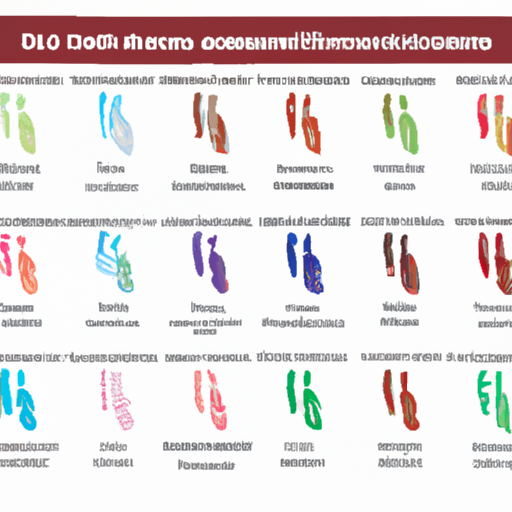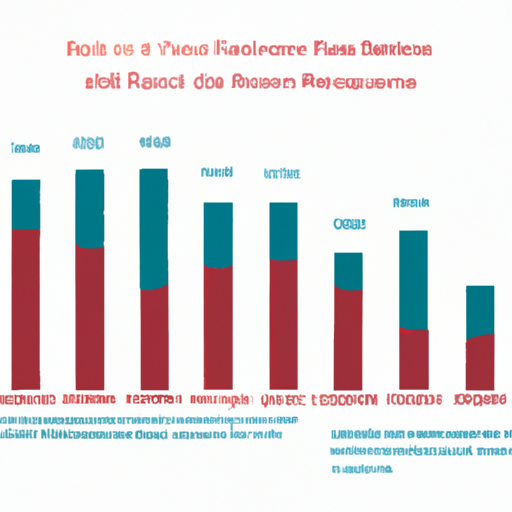This review explores the definition, characteristics, and significance of rare diseases, often overlooked but having profound implications for understanding human health and disease. It delves into the challenges in defining and diagnosing such diseases while highlighting the importance of research in this field.
"What's in a Name?" – Defining Rare Diseases
Rare diseases, also known as orphan diseases, are a diverse group of disorders that collectively affect a small percentage of the population. While the term "rare" may suggest a low prevalence, the actual number of individuals living with rare diseases globally is significant. The lack of a standardized definition for rare diseases has led to varying interpretations across different regions and healthcare systems. In the United States, a rare disease is one that affects fewer than 200,000 people, whereas in Europe, a disease is classified as rare if it affects fewer than 1 in 2,000 individuals. The variability in definitions highlights the complexity of categorizing diseases based on their prevalence and underscores the need for a more unified approach in defining rare diseases.
The classification of a disease as rare can have significant implications for patients, healthcare providers, and researchers. Rare diseases often present unique challenges in terms of diagnosis, treatment, and access to specialized care. The limited understanding of these conditions can result in delayed or misdiagnoses, leading to unnecessary suffering for patients. Furthermore, the scarcity of treatment options for many rare diseases highlights the importance of increasing awareness and research efforts to improve outcomes for affected individuals. Despite their individual rarity, the collective burden of rare diseases on society is substantial, with profound social, economic, and healthcare implications.

An illustration depicting the vast range of conditions categorized as rare diseases
The Enigma of Diagnosis: How Rare Is Too Rare?
Diagnosing rare diseases presents a significant challenge due to their low prevalence and diverse clinical manifestations. Healthcare providers often encounter difficulties in recognizing and differentiating rare conditions from more common ailments, leading to diagnostic delays and errors. The lack of awareness and expertise in rare diseases among medical professionals further complicates the diagnostic process, as symptoms may be misinterpreted or overlooked. Additionally, the limited availability of diagnostic tests specifically designed for rare diseases can hinder accurate and timely diagnosis, prolonging the diagnostic odyssey for patients and their families.
The threshold for defining a disease as rare varies widely across different regions and healthcare systems, further complicating the diagnostic journey for individuals with rare conditions. The rarity of a disease not only impacts its recognition but also influences the allocation of resources for research, treatment, and support services. Patients with rare diseases often face a long and arduous path to diagnosis, involving multiple consultations, tests, and referrals to specialists. The emotional toll of living with an undiagnosed or misdiagnosed rare disease can be profound, affecting not only the individual but also their loved ones and caregivers.
The Impact of Rare Diseases on Public Health: A Hidden Crisis?
Rare diseases may individually affect a small number of people, but cumulatively, they pose a significant burden on public health systems worldwide. The lack of awareness and resources dedicated to rare diseases often relegates them to the periphery of public health agendas, leading to a disconnect between the needs of individuals with rare conditions and the available support services. Despite their low prevalence, rare diseases collectively impact millions of individuals globally, contributing to substantial healthcare costs, disability, and premature mortality. The complex and often unpredictable nature of rare diseases further complicates their management and treatment, requiring specialized care and expertise that may not be readily available in all healthcare settings.
Individuals living with rare diseases face unique challenges that extend beyond the medical realm, impacting their quality of life, social integration, and economic well-being. The lack of effective treatments for many rare diseases compounds these challenges, leaving patients and their families with limited options for managing their condition. The financial burden of rare diseases can be particularly devastating for individuals and families, as the cost of specialized care, medications, and supportive services can quickly escalate. Furthermore, the emotional toll of navigating a rare disease diagnosis and coping with uncertainty about the future can take a significant toll on mental health and overall well-being.
כדי לראות פרטים נוספים על Defining the Uncommon: What Is a Rare Disease? וspecialty pharmaceutical companies כדאי להעיף מבט ב- truemedtx.com

An infographic showing the cumulative impact of rare diseases on public health
Unraveling the Mystery: Why Is Research into Rare Diseases Crucial?
Research into rare diseases is crucial for several reasons. Firstly, rare diseases often present unique biological and genetic characteristics that can offer valuable insights into broader fields of medicine. Studying rare diseases can provide researchers with a deeper understanding of fundamental biological processes, potentially leading to breakthroughs in the treatment of more common conditions. Additionally, because rare diseases are often caused by genetic mutations, investigating these disorders can shed light on the genetic basis of disease and pave the way for personalized medicine approaches tailored to individual patients.
Furthermore, research into rare diseases is essential for developing innovative therapies that not only benefit patients with rare conditions but also have the potential to advance medical science as a whole. By studying the underlying mechanisms of rare diseases, researchers can identify novel drug targets, therapeutic strategies, and diagnostic tools that may have broader applications across different disease categories. This cross-fertilization of knowledge between rare and common diseases highlights the interconnectedness of the medical research landscape and underscores the importance of viewing rare diseases as a rich source of scientific discovery and innovation.
While rare diseases individually affect a small proportion of the population, collectively they represent a significant health challenge. Continued research, improved definitions, and increased awareness are vital in addressing these uncommon conditions and improving patient outcomes.




